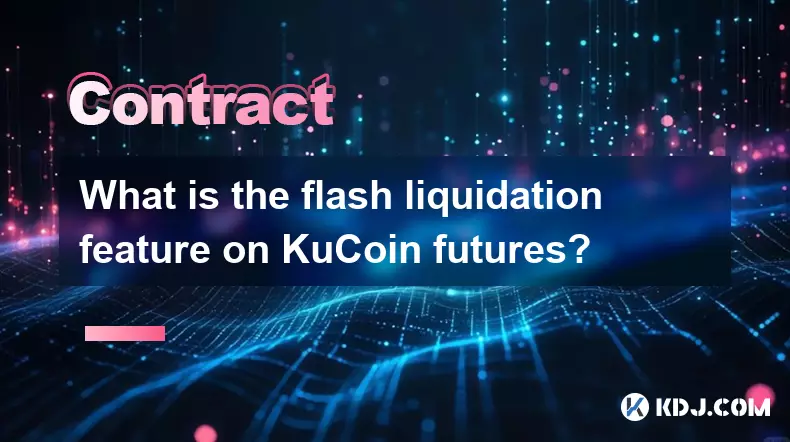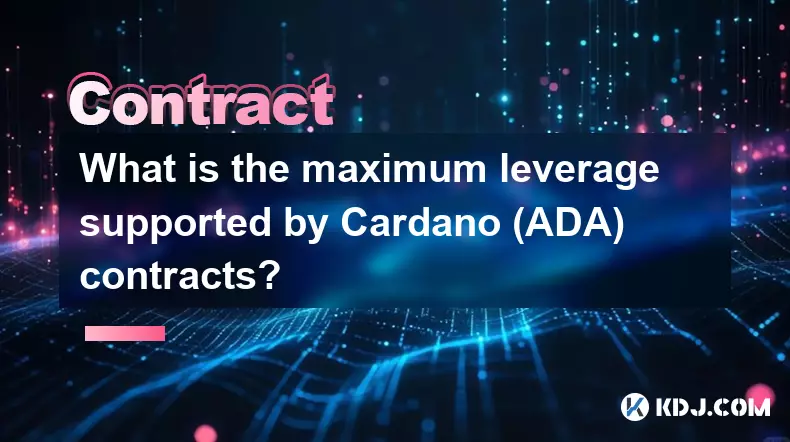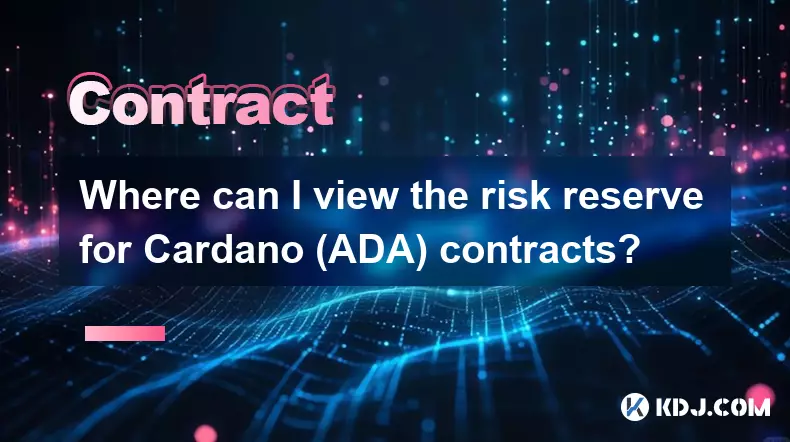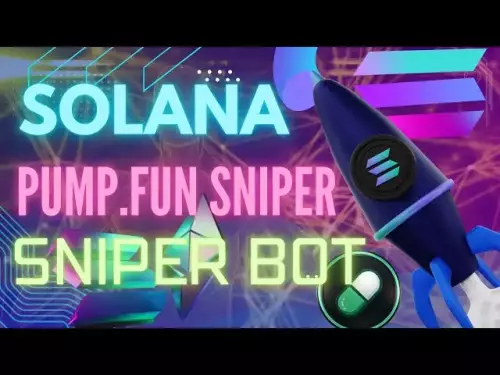-
 bitcoin
bitcoin $112195.049338 USD
2.42% -
 ethereum
ethereum $4124.915858 USD
2.81% -
 tether
tether $1.000570 USD
0.02% -
 xrp
xrp $2.861568 USD
2.25% -
 bnb
bnb $1000.346670 USD
3.04% -
 solana
solana $209.070819 USD
3.38% -
 usd-coin
usd-coin $0.999870 USD
0.02% -
 dogecoin
dogecoin $0.235379 USD
2.65% -
 tron
tron $0.335681 USD
-0.20% -
 cardano
cardano $0.803501 USD
3.38% -
 hyperliquid
hyperliquid $47.120881 USD
3.56% -
 chainlink
chainlink $21.501300 USD
3.44% -
 ethena-usde
ethena-usde $1.000571 USD
0.02% -
 avalanche
avalanche $29.793378 USD
3.62% -
 stellar
stellar $0.366964 USD
2.42%
What is the flash liquidation feature on KuCoin futures?
KuCoin's flash liquidation instantly closes undercollateralized futures positions using internal matching, minimizing slippage and systemic risk during high volatility.
Sep 23, 2025 at 08:00 pm

Understanding Flash Liquidation in KuCoin Futures
1. Flash liquidation is a mechanism implemented by KuCoin Futures to manage positions that fall below the required margin threshold almost instantly. When a trader’s margin balance drops to or below the maintenance margin level due to adverse price movements, the system triggers an automatic liquidation process. This prevents further losses that could impact both the trader and the platform’s risk pool.
2. Unlike traditional liquidation which may involve partial closures or auctions, flash liquidation executes rapidly using internal matching engines. The position is closed within milliseconds, minimizing slippage and ensuring market stability. This speed is particularly crucial during periods of high volatility when price swings can occur in seconds.
3. The feature leverages KuCoin’s proprietary risk engine, which continuously monitors open futures contracts. Once a position breaches predefined risk parameters, the system initiates closure without requiring external liquidity. This internal handling reduces dependency on order book depth and avoids cascading liquidations seen on other platforms.
4. Traders receive notifications if their positions approach liquidation territory. However, due to the rapid nature of flash liquidation, these alerts may arrive after the fact. It is essential for users to maintain sufficient margin and use stop-loss orders as preventive measures.
5. Flash liquidation helps preserve the integrity of the futures market by swiftly removing undercollateralized positions, thereby protecting solvent traders from cross-subsidizing losses. By automating this process with precision, KuCoin enhances overall platform reliability and user trust.
How Flash Liquidation Differs From Standard Liquidation
1. Standard liquidation typically involves placing a market order into the public order book, which can lead to significant slippage during turbulent conditions. In contrast, flash liquidation bypasses the public market by utilizing internal settlement protocols, resulting in faster execution and reduced price impact.
2. While standard processes might leave residual debt in extreme cases—especially in inverse futures denominated in crypto—flash liquidation ensures full closure through real-time calculations of available equity and liabilities. This eliminates the possibility of auto-deleveraging events affecting profitable traders.
3. The immediacy of flash liquidation reduces systemic risk, making it a more efficient tool for maintaining platform solvency compared to slower, auction-based models used by some competitors. This design choice reflects KuCoin’s focus on scalability and risk mitigation in its derivatives infrastructure.
4. Another distinction lies in transparency: while the outcome is visible, the internal mechanics of flash liquidation are not exposed to users. There is no manual intervention or visibility into how the internal match occurs, unlike traditional liquidations where executed trades appear directly in market data.
5. Risk scoring algorithms determine whether a position qualifies for flash treatment versus conventional handling. Factors such as leverage level, contract type, and account health contribute to this decision, allowing KuCoin to apply differentiated responses based on threat severity.
Risks and Considerations for Traders
1. High-leverage trading increases exposure to flash liquidation due to smaller price moves triggering margin breaches. A 100x leveraged long position, for example, could be eliminated by a 1% drop in the underlying asset’s value.
2. Market gaps or sudden news events can result in liquidation at prices far from the last traded level. Since flash liquidation relies on real-time marking, sudden disconnections or exchange downtime may distort valuation temporarily.
3. Traders should actively monitor funding rates, mark prices, and their wallet balance to avoid unexpected closures, especially during low-liquidity hours when spreads widen and volatility spikes. Relying solely on entry price or average cost is insufficient for managing futures risk effectively.
4. Using isolated margin mode allows better control over position-specific risks, limiting potential damage to only the allocated funds rather than the entire account balance. Cross margin increases the chance of total account wipeout under aggressive liquidation scenarios.
5. Historical data shows clusters of flash liquidations during major macroeconomic announcements or whale-driven price dumps. These events often trigger chain reactions across exchanges, but KuCoin's model aims to absorb shocks internally without propagating instability.
Frequently Asked Questions
What happens to my funds after a flash liquidation?After a flash liquidation, any remaining equity post-closure is returned to your futures wallet. If the position was deeply underwater and collateral was fully consumed, the balance will reflect zero for that particular trade. KuCoin does not pursue negative balances thanks to its insurance fund coverage.
Can I appeal a flash liquidation once it has occurred?No, flash liquidations are final and irreversible. They are executed automatically based on objective risk metrics. Appeals are not accepted because the system operates without human discretion, ensuring fairness and consistency across all users.
Does flash liquidation affect my trading history or rankings?Yes, liquidated positions appear in your trade history with a “LIQ” marker. While they don’t impact your reputation score directly, frequent liquidations may influence eligibility for premium features or VIP tiers tied to performance metrics.
Is flash liquidation active on all KuCoin futures pairs?Flash liquidation applies to all perpetual and quarterly futures contracts listed on KuCoin Futures. The mechanism is uniformly enforced regardless of the base or quote currency, including USDT-margined, BTC-margined, and ETH-margined instruments.
Disclaimer:info@kdj.com
The information provided is not trading advice. kdj.com does not assume any responsibility for any investments made based on the information provided in this article. Cryptocurrencies are highly volatile and it is highly recommended that you invest with caution after thorough research!
If you believe that the content used on this website infringes your copyright, please contact us immediately (info@kdj.com) and we will delete it promptly.
- Solana at $197: Hunting for High-ROI Tokens in the Crypto Jungle
- 2025-09-30 03:05:17
- Mike Novogratz's XRP U-Turn: From Underestimated to Undeniable
- 2025-09-30 03:05:17
- SANDchain, Token Launchpads, and the Sandbox: Riding the Web3 Wave
- 2025-09-30 03:18:35
- Axl Rose's Graphic Novel: Can He Save Humanity From Paradise City?
- 2025-09-30 02:45:11
- Predictive Oncology's Bold Leap: AI, Digital Assets, and a Treasury Strategy Revolution
- 2025-09-30 03:18:35
- Axl Rose's 'Appetite for Destruction' Gets a Graphic Novel Makeover!
- 2025-09-30 02:45:11
Related knowledge

What is the maximum leverage supported by Cardano (ADA) contracts?
Sep 30,2025 at 03:37am
Understanding Leverage in ADA Derivatives Trading1. Leverage in cryptocurrency futures and perpetual contracts allows traders to control larger positi...

How do I use the scheduled order feature in Cardano (ADA) contracts?
Sep 28,2025 at 10:18pm
Understanding Scheduled Orders in Cardano Smart ContractsCardano operates on a proof-of-stakes consensus mechanism and uses the Plutus scripting langu...

Where can I view the risk reserve for Cardano (ADA) contracts?
Sep 29,2025 at 09:19pm
Risk Reserve Overview in Cardano (ADA) Ecosystem1. The concept of a risk reserve within the Cardano blockchain does not align with traditional central...

How do I enable the "scalping-only" mode for Cardano (ADA) contracts?
Sep 24,2025 at 03:19am
Understanding Scalping Strategies in Crypto Derivatives1. Scalping in cryptocurrency trading refers to executing multiple short-term trades within min...

What is the settlement time for Cardano (ADA) contracts?
Sep 28,2025 at 04:18am
Understanding Cardano's Contract Settlement Mechanism1. Cardano operates on a proof-of-stake consensus model known as Ouroboros, which fundamentally i...

How do I add margin to Cardano (ADA) contracts?
Sep 27,2025 at 07:54pm
Understanding Margin in Cardano (ADA) Smart ContractsCardano operates on a proof-of-stake blockchain that supports smart contracts through its Plutus ...

What is the maximum leverage supported by Cardano (ADA) contracts?
Sep 30,2025 at 03:37am
Understanding Leverage in ADA Derivatives Trading1. Leverage in cryptocurrency futures and perpetual contracts allows traders to control larger positi...

How do I use the scheduled order feature in Cardano (ADA) contracts?
Sep 28,2025 at 10:18pm
Understanding Scheduled Orders in Cardano Smart ContractsCardano operates on a proof-of-stakes consensus mechanism and uses the Plutus scripting langu...

Where can I view the risk reserve for Cardano (ADA) contracts?
Sep 29,2025 at 09:19pm
Risk Reserve Overview in Cardano (ADA) Ecosystem1. The concept of a risk reserve within the Cardano blockchain does not align with traditional central...

How do I enable the "scalping-only" mode for Cardano (ADA) contracts?
Sep 24,2025 at 03:19am
Understanding Scalping Strategies in Crypto Derivatives1. Scalping in cryptocurrency trading refers to executing multiple short-term trades within min...

What is the settlement time for Cardano (ADA) contracts?
Sep 28,2025 at 04:18am
Understanding Cardano's Contract Settlement Mechanism1. Cardano operates on a proof-of-stake consensus model known as Ouroboros, which fundamentally i...

How do I add margin to Cardano (ADA) contracts?
Sep 27,2025 at 07:54pm
Understanding Margin in Cardano (ADA) Smart ContractsCardano operates on a proof-of-stake blockchain that supports smart contracts through its Plutus ...
See all articles


























![[Pycoin] PI Coin -Shocking Listance of Pycoin?! 'Rebellion' This time ... Pay attention to #paikoin [Pycoin] PI Coin -Shocking Listance of Pycoin?! 'Rebellion' This time ... Pay attention to #paikoin](/uploads/2025/09/29/cryptocurrencies-news/videos/pycoin-pi-coin-shocking-listance-pycoin-rebellion-time-pay-attention-paikoin/68da82f23cec1_image_500_375.webp)















































